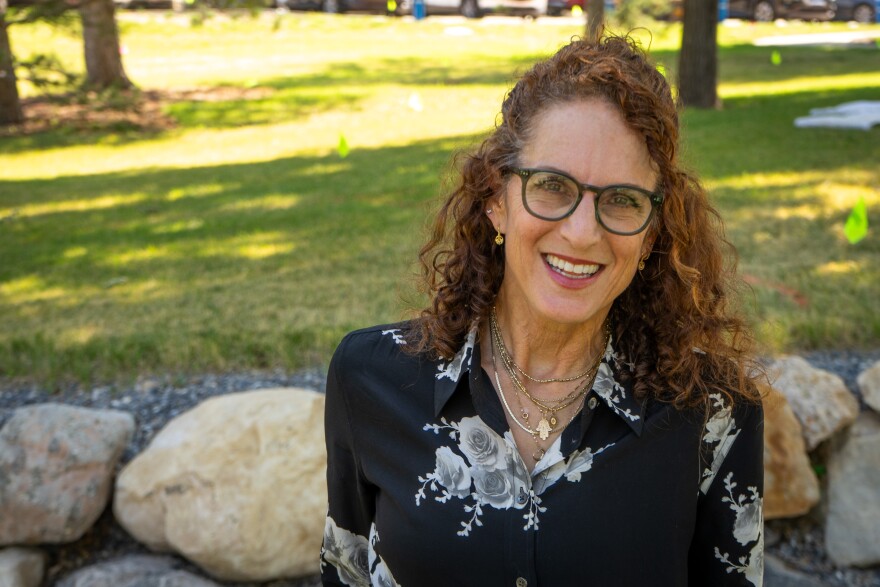Dance classes everywhere are filled with little girls, so it might be surprising that women make up only 30% of artistic directors for ballet and classically-based dance companies. The statistic comes from the Dance Data Project, which looked at the largest companies worldwide.
Broadly across dance, less than 75% of the workforce is women, according to a Data USA breakdown of census data.
Southern Utah University dance professor Nancy Dobbs Owen believes the discrepancy at the top is because boys in dance are “valued and rare.”
“They are treated like, ‘Oh my gosh, we have a boy,’” she said. “He's going to get free classes, scholarships, he's going to be the lead starting at age eight, right?”
They get mentored to be leaders from the get-go, Owen said, but girls do not.
“Girls are treated like, stand in line, don't stand out. You all have to look the same. That's not how you treat a leader.”
Owen is also a contributor to the Dance Data Project but spoke with KUER from her personal perspective. She said Utah has not done very well in having women in dance leadership, but the state has recently seen a “really exciting shift.”
Female-founded contemporary dance company Ririe-Woodbury hired a woman as its new artistic director, Leslie Kraus, who started July 1. Just one appointment of a woman to dance leadership can shift things in Utah and “change the vision of what leadership looks like,” Owen said. She also pointed out that SALT Contemporary Dance is run by a woman.
“And what that does is it shows young dancers that, ‘Hey, a leader does not look one way. A leader looks many, many different ways,’” she said. “And the more that our young dancers see women at the front of the room, that's what's going to shift things.”

This interview has been edited for length and clarity.
Ciara Hulet: Does Utah's cultural attitudes around marriage and motherhood contribute to the wider problem of fewer women in leadership roles?
Nancy Dobbs Owen: I do see people getting married much younger here, having children much younger here, and that definitely does stall a bit moving into leadership roles.
CH: Is it difficult for women to have kids in the dance world and keep going?
NDO: It's quite difficult, and historically, has been quite frowned upon. There are some really, really wonderful initiatives in the ballet world to keep mothers working, to keep women in dance longer and allow them to bring their children. There are programs where dancers who have children are brought back into the studio much sooner, and they're allowed to teach there. They invite them in as coaches as they get their bodies back to perform.
There are these wonderful programs that teach dancers administrative skills, teach dancers teaching and coaching skills, so that they are building leadership in that way, which pushes against the, “Oh, you had a child. You can't dance anymore. You have to quit.”
And I think that that's a way that Utah could actually lead rather than be behind, right? We do encourage women to have children. How can we keep these women invested in dance? Utah loves dance. One of the best things about Utah is the support for dance and the support for the arts. So how can we support these women who are essential to it, in fulfilling all these aspects of their life?
CH: What else could bridge the gap and bring more women into positions of leadership?
NDO: Allowing dancers to choreograph from day one. This is my quest as a teacher, as a professor, as a dance lover. The programs that I see where students are given opportunities to create, to compose within these programs — that's what creates leaders because you find your voice, you find your special spirit and your special fire. And know what you want to say from a really young age. That's how you create leaders.
So one of the things that Dance Data Project, for instance, is doing is fostering leadership workshops. They foster conversations, they foster education to show women, “Hey, you do have what it takes.”






